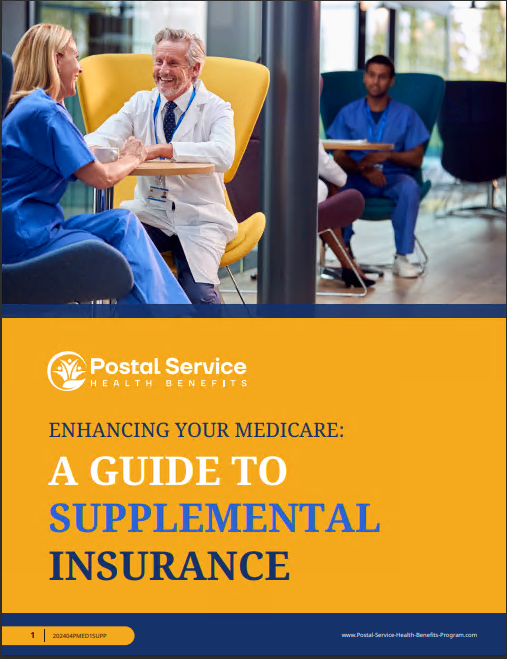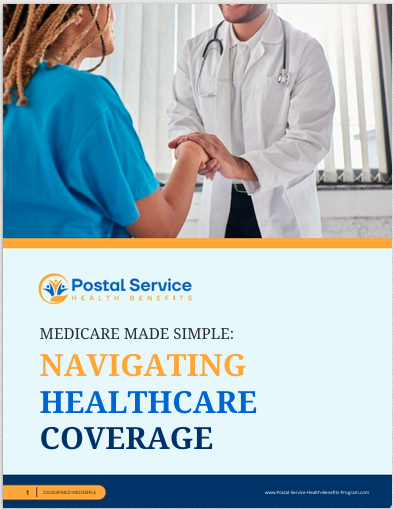Key Takeaways:
-
The Federal Employees Health Benefits (FEHB) program and Postal Service Health Benefits (PSHB) program share similarities, but PSHB caters specifically to postal workers and integrates closely with Medicare.
-
Understanding the key differences in premiums, coverage options, and out-of-pocket limits helps you make informed healthcare decisions in 2025.
Introduction to FEHB and PSHB Programs
If you’re navigating your healthcare options as a postal worker or retiree, you’ve likely come across the terms FEHB and PSHB. These programs provide essential health coverage, but knowing which applies to you—and how they compare—is crucial. While FEHB has long been a cornerstone of federal employee benefits, PSHB, introduced in 2025, specifically serves postal employees and their families.
Here’s a breakdown of these programs and what you need to know to decide what’s best for your health needs.
What Is FEHB?
FEHB is the health insurance program for federal employees, retirees, and their eligible family members. It offers a wide range of plans, from fee-for-service to high-deductible options, giving you the flexibility to choose coverage that fits your situation. The federal government contributes about 70% of the premium cost, making it an affordable option for many.
Key Features of FEHB
-
Eligibility: Available to federal employees, retirees, and their dependents.
-
Plan Variety: Over 200 plans, including nationwide and local HMOs.
-
Coordination with Medicare: Medicare-eligible retirees can use FEHB as supplemental coverage.
-
Premium Sharing: The government covers a significant portion of the premiums, reducing your out-of-pocket costs.
While FEHB provides robust coverage, it doesn’t cater specifically to the needs of postal employees, which is where PSHB steps in.
What Is PSHB?
PSHB is a new program launched in 2025 to address the specific needs of Postal Service employees, retirees, and their eligible family members. This program replaces FEHB for postal workers but retains many of its core features while introducing some tailored benefits.
Key Features of PSHB
-
Eligibility: Exclusively for Postal Service employees and annuitants.
-
Medicare Integration: Medicare-eligible participants must enroll in Medicare Part B to maintain PSHB coverage.
-
Cost Sharing: Similar to FEHB, the government covers around 70% of premiums.
-
Simplified Options: Fewer plan choices designed to match postal employees’ healthcare needs.
Comparing FEHB and PSHB
Understanding the differences between these two programs is essential for postal workers transitioning from FEHB to PSHB. Here’s how they stack up:
1. Eligibility and Enrollment
-
FEHB: Open to federal employees, retirees, and their families.
-
PSHB: Limited to Postal Service employees and their families. If you’re a postal worker, you must transition to PSHB to maintain health coverage in 2025.
2. Medicare Coordination
-
FEHB: Coordination with Medicare is optional for retirees.
-
PSHB: Requires Medicare-eligible retirees and family members to enroll in Part B. This integration often leads to lower out-of-pocket costs and enhanced benefits.
3. Plan Variety
-
FEHB: Over 200 plans nationwide, offering extensive options.
-
PSHB: Fewer plan choices streamlined for postal workers’ unique needs.
4. Out-of-Pocket Costs
-
FEHB: In-network out-of-pocket maximums vary widely but average around $8,000 for individual plans and $16,000 for family plans.
-
PSHB: Caps out-of-pocket maximums at $7,500 for individual plans and $15,000 for family plans.
Key Benefits of PSHB for Postal Employees
For postal workers and retirees, PSHB offers several advantages over FEHB:
1. Lower Out-of-Pocket Maximums
With a cap of $7,500 for individuals and $15,000 for families, PSHB reduces your financial exposure in the event of high medical expenses.
2. Seamless Medicare Integration
PSHB’s mandatory Medicare Part B enrollment ensures better cost-sharing benefits, including lower copayments and deductibles.
3. Targeted Plan Options
Unlike FEHB, which offers a wide array of plans, PSHB focuses on options tailored to postal employees’ common healthcare needs, making the selection process less overwhelming.
Navigating Your PSHB Coverage in 2025
If you’re transitioning to PSHB, here’s what you need to keep in mind:
Enrollment Requirements
Open Season for PSHB runs annually from mid-November to mid-December. For 2025, enrollment changes take effect January 1. Make sure to review your options carefully and enroll in a plan that aligns with your healthcare needs.
Medicare Enrollment
If you’re Medicare-eligible, enrolling in Part B is mandatory to retain PSHB coverage. This requirement applies to Postal Service retirees and their family members, with some exceptions for those who retired before January 1, 2025.
Prescription Drug Coverage
PSHB plans include Medicare Part D coverage for prescription drugs, often with no additional premium. This can significantly lower your medication costs compared to standalone drug plans.
Tips for Making the Most of PSHB
To get the most value from your PSHB coverage, consider these tips:
-
Review Plan Brochures: Each plan’s coverage details, including copayments, coinsurance, and benefits, are outlined in brochures. Take the time to compare these options.
-
Maximize Preventive Care Benefits: Most PSHB plans offer free preventive care services like annual check-ups and screenings. Take advantage of these to stay healthy.
-
Coordinate with Medicare: If you’re Medicare-eligible, ensure you’re fully enrolled in Part B to access the enhanced cost-sharing benefits.
-
Track Open Season Deadlines: Missing the enrollment window can leave you with limited options, so mark your calendar for November.
Why PSHB May Be the Better Choice
For postal employees and retirees, PSHB’s streamlined options and Medicare integration provide significant value. The lower out-of-pocket maximums and tailored benefits make it an attractive alternative to FEHB, especially if you’re managing chronic conditions or anticipate high medical costs.
What to Remember About FEHB and PSHB
FEHB remains a robust program for federal employees, but PSHB’s tailored approach offers clear advantages for postal workers. With its Medicare integration, targeted plans, and cost-sharing benefits, PSHB is designed to meet the unique needs of its audience. Understanding these differences ensures you’ll make informed decisions about your healthcare in 2025.







